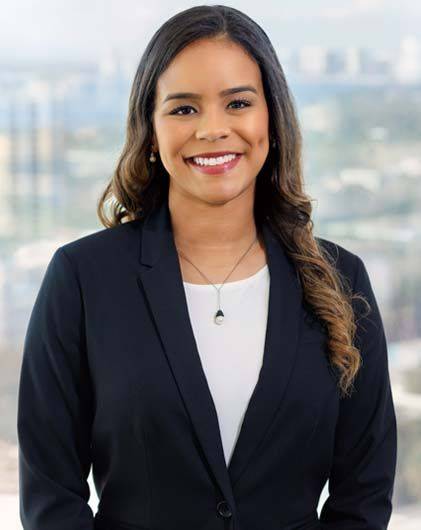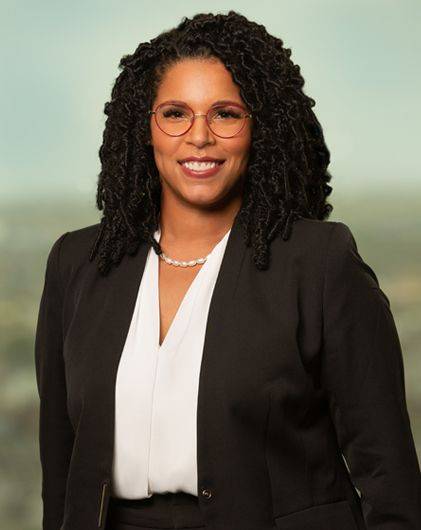New Buffer Zone Laws in Louisiana and Florida: Their Impact on Journalists’ First Amendment Rights
Pro-law enforcement “no-go” or “buffer” zone laws are growing in popularity throughout the United States. Louisiana recently enacted one and a similar law will go into effect soon in Florida. These buffer zone laws criminalize approaching a police officer within 25 feet under certain circumstances, including if warned not to approach. The new laws raise multiple First Amendment concerns, particularly for journalists and news media outlets. On a daily basis, journalists are responsible for gathering information, capturing video and conducting interviews at crime and investigative scenes, public events, and other locations. A journalist’s day-to-day role is likely to be directly impacted by these new laws.
What Penalties Could Offenders Face?
Louisiana and Florida classify any violation of the new buffer zone laws as a misdemeanor. In Florida, per Senate Bill 184, anyone who enters the area to “harass, impede or threaten” first responders after receiving a warning will face up to 60 days in prison and a $500 fine. Louisiana’s Act No. 259, imposes identical penalties on those who "knowingly or intentionally" approach an officer that is “engaged in law enforcement duties” after the officer has ordered the person to stay back. The law went into effect on August 1 in Louisiana. In Florida, the law goes into effect on January 1, 2025.
Potential First Amendment Challenges to Buffer Zone Laws Pose
- Newsgathering: The First Amendment protects citizens from state and local governments blocking their access to newsworthy information. Journalists often need to be close to the action to accurately report on events, especially during protests, arrests, and other police activities. A 25-foot restriction can hinder a reporter’s ability to access information by restricting their ability to observe and document the news.
- Prior Restraint: Because buffer zone laws may prevent journalists from reporting within 25-feet of police officers, this restriction can be challenged as a form of prior restraint. Prior restraint refers to government actions that prevent speech or expression before it occurs. Prior restraints are disfavored under First Amendment law.
- Content Neutrality: The First Amendment requires laws regulating speech be content-neutral. If the 25-foot restriction were applied selectively, it could be challenged as a content-based restriction in violation of the First Amendment. An example of enforcement of selection application would be if a police officer were to apply the 25-foot restriction only during certain events, only against the news media, against one particular media company or journalist on the scene.
- Public Interest: Like journalists, the public has a significant interest in staying informed on police activities and police practices, especially to ensure law enforcement transparency and accountability. Critics of buffer zone laws have associated their impact with the viral video captured by a bystander that revealed the police misconduct connected with the 2020 killing of George Floyd in Minneapolis. Critics argue that if a person is not allowed within 25 feet of a police officer, filming of police practices cannot be captured. From a journalist's perspective, any restrictions that hinder the ability to report on police actions is contrary to the public interest.
What Will Louisiana and Florida Courts Do When These Laws are Challenged?
The future of these new buffer zone laws in Louisiana and Florida remains uncertain, but examining their legal viability in other states can provide some insight. For instance, Indiana adopted a buffer zone law on July 1, 2023, which quickly faced legal challenges. Two lawsuits have been filed in connection with the constitutionality of Indiana’s buffer zone law.
The first lawsuit was filed by the American Civil Liberties Union (ACLU) of Indiana, which challenged the Indiana law on behalf of a citizen-journalist who regularly posts videos on his YouTube channel called “Freedom 2 Film,” that has more than 23,000 subscribers. The plaintiff posts videos of what he considers “newsworthy activities” in and around South Bend, Indiana. An encounter with law enforcement, during which he was threatened with arrest, prompted him to file the lawsuit.
The ACLU lawsuit did not succeed. The court denied a permanent injunction, reasoning that “the law affords law enforcement officers the uninterrupted and unimpeded ability to do their jobs,” and holding that the buffer zone law is not unconstitutional on its face for being overly broad.
Keep in mind, the suit did not bring an as applied challenge of the law. The court found that Indiana’s buffer zone law was not directed towards speech, but rather encroachment. The court’s opinion also acknowledged that the public does have a right to record the police, but the 25-foot restriction does not prevent recording as a whole. Still, the decision left the door open to future challenges by referencing that the potential for the law to be unconstitutional in a specific scenario or as applied exists, but that particular scenario was not present in the case at hand.
In a second lawsuit, the Indiana Broadcasters Association, the Reporters Committee for Freedom of the Press and local press entities, filed a lawsuit in federal court against Indiana Attorney General Todd Rokita, Marion County Prosecutor Ryan Mears, and Marion County Sheriff Kerry Forestal.
This lawsuit seeks to have the court to issue an order that prevents the enforcement or application of the Indiana law. Plaintiffs allege that by "criminalizing peaceful, nonobstructive newsgathering on matters of public importance, the Act violates the First Amendment both on its face and as applied to Plaintiffs.”
The case has not yet been decided and remains pending before the Southern District of Indiana. Our team is closely monitoring legal developments associated with buffer zone laws across the United States.
Please contact Chantel Batista Mullins, Ashley Heilprin or any member of the Media and First Amendment Law team if you have any questions or need advice or guidance.



